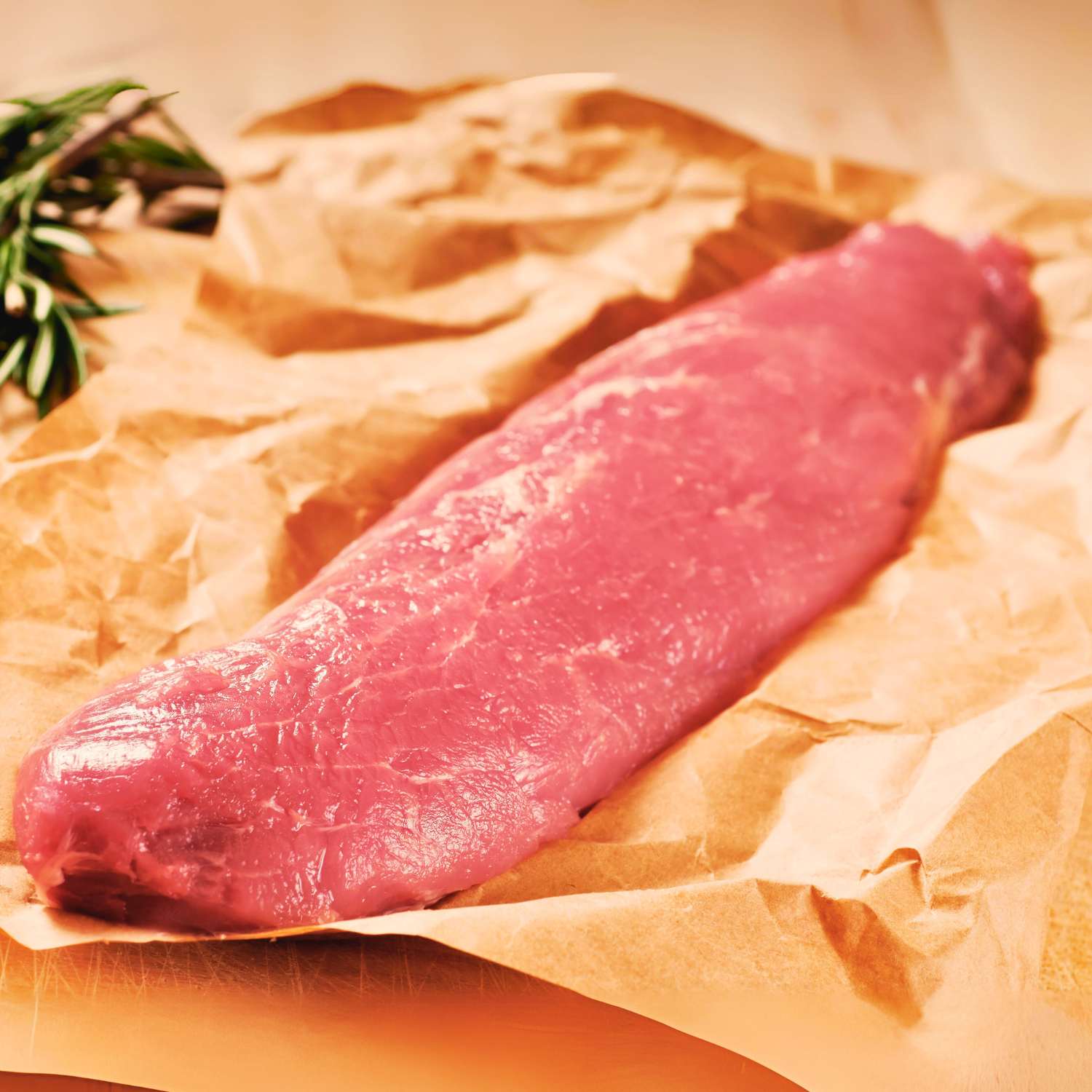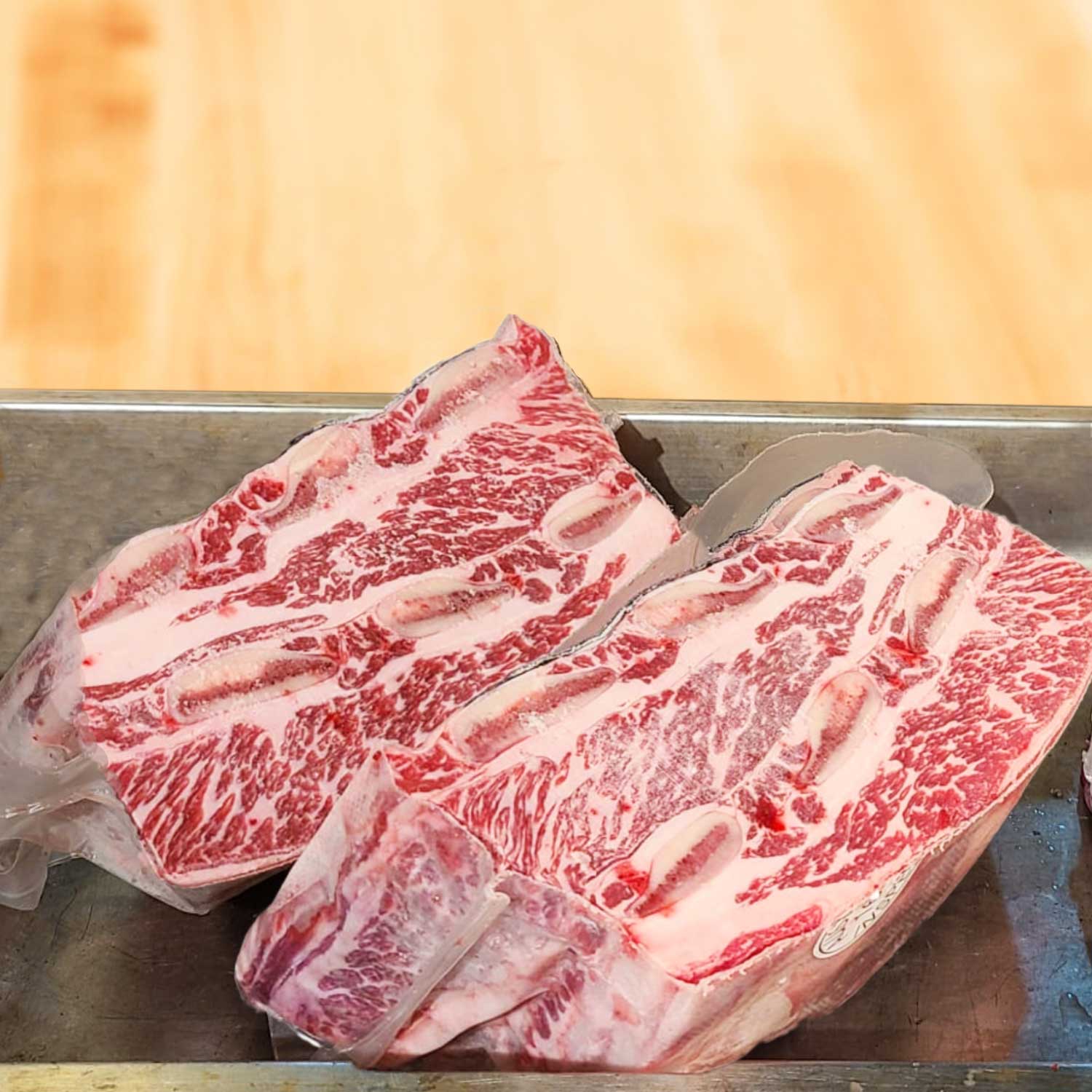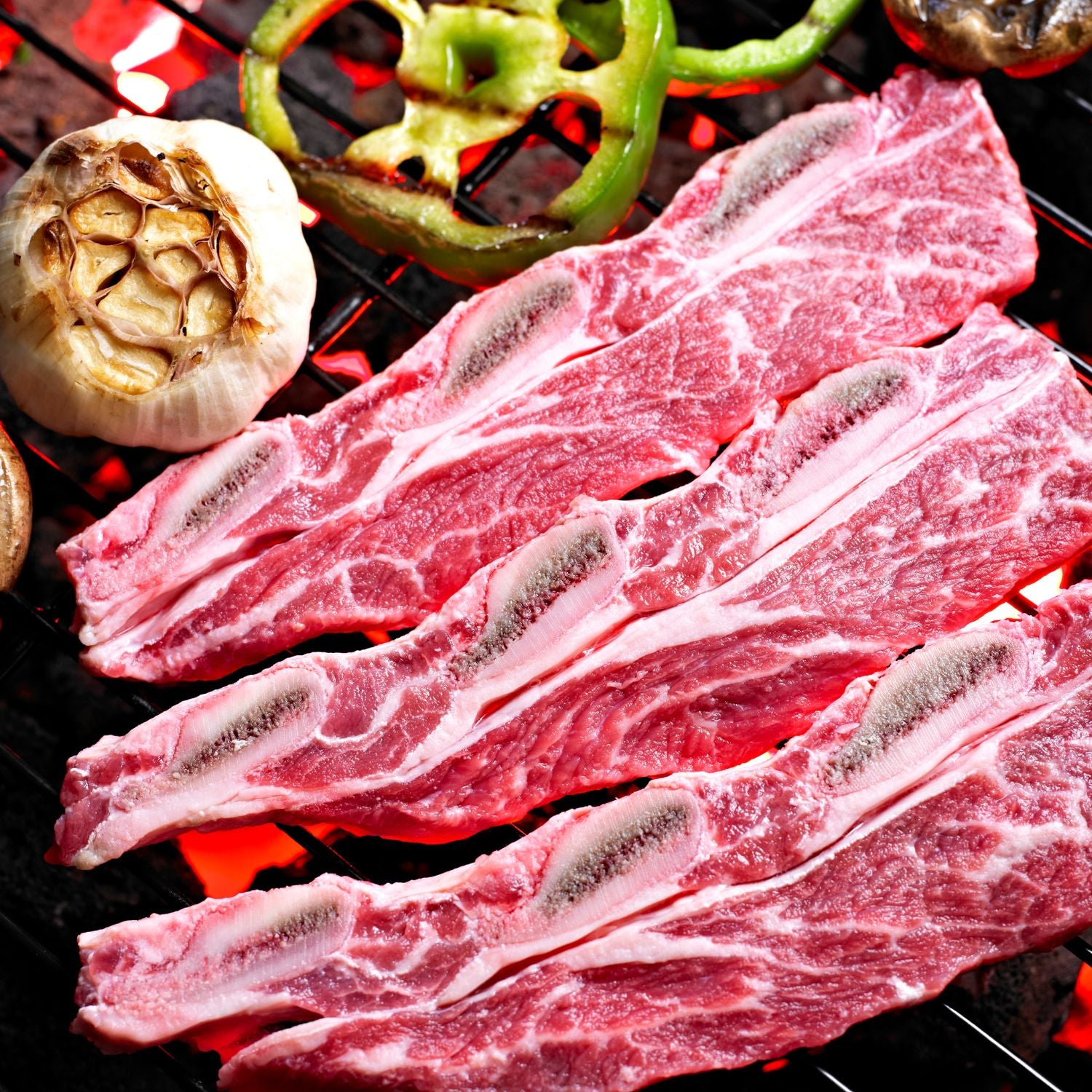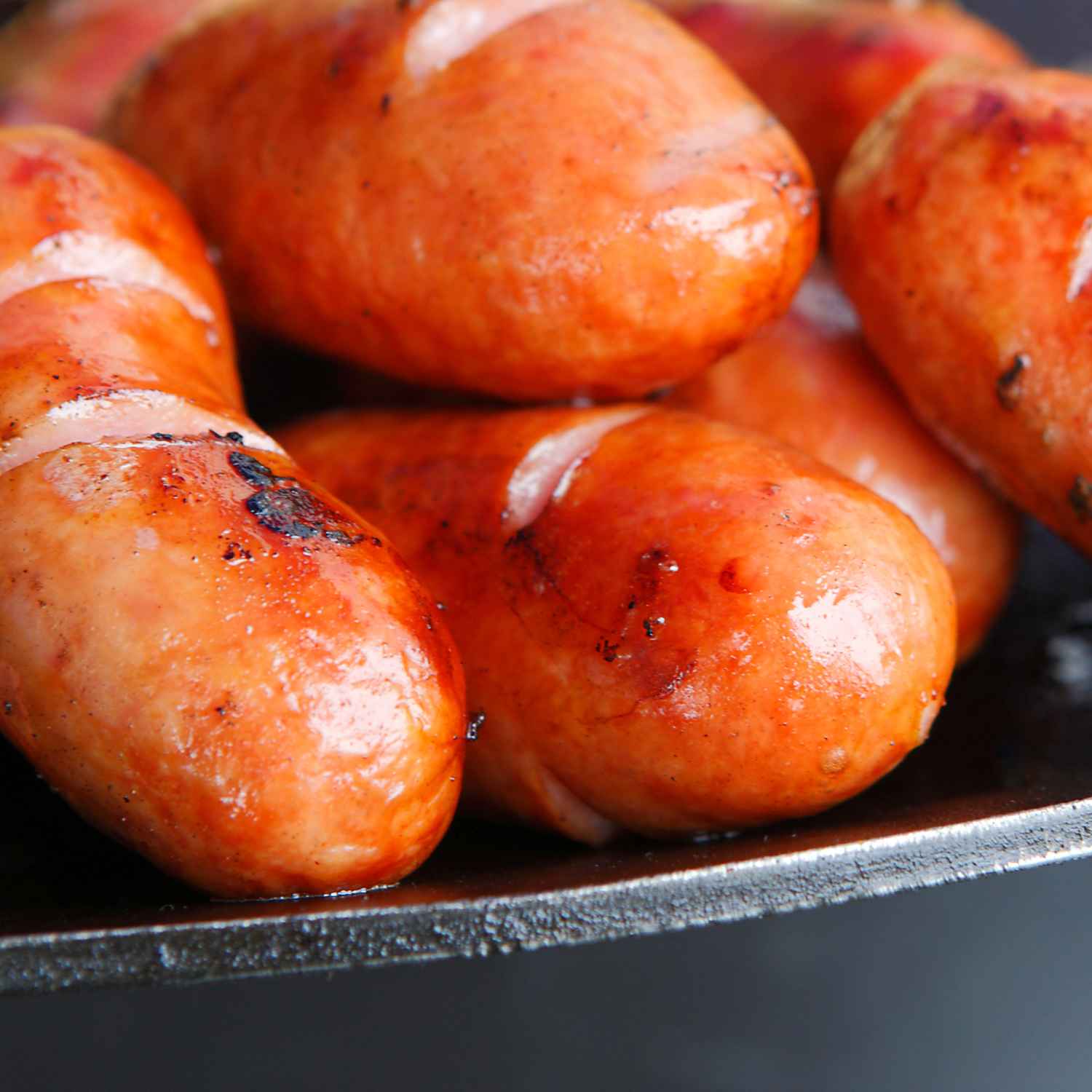The Journey of Wagyu: From Japan with a Hong Kong Twist
A History of Wagyu: Origins and Globalization
Wagyu beef has a rich story, rooted in Japan. It's known for its marbling and taste. In the 1970s, Wagyu made its way globally, reaching diners far and wide. The Hong Kong market embraced Wagyu, adding a local spin to its preparation. Now, it's a symbol of luxury in the city's vibrant food scene. Globalization played a role too. It has spread Wagyu's fame, making it sought-after worldwide.

How Wagyu Adapts to the Hong Kong Market
The taste of Wagyu finds a unique place in Hong Kong. Chefs add local flavors to this beef, making new dishes. They use spices like star anise and black bean. Many restaurants offer East-meets-West Wagyu dishes. Dim sum filled with Wagyu is a hit. Even street food gets a boost with Wagyu skewers. Stir-fry Wagyu with veggies is common in Hong Kong cuisine. Foodies in the city love these new Wagyu flavors. They blend well with traditional Hong Kong tastes.
The Process: How Wagyu Beef is Made
Wagyu beef, known for its rich flavors, undergoes a detailed process before reaching your plate. Here's a simple breakdown:
- Selection: In Japan, Wagyu calves are chosen based on genetics for quality meat.
- Feeding: They're fed a special diet, often including grains and grass, to develop the marbling.
- Raising: The cattle live in stress-free environments. This care affects the meat's tenderness.
- Grading: Once processed, the beef is graded on marbling, color, and texture.
- Import: The top-graded Wagyu is imported to Hong Kong.
- Quality Check: In Hong Kong, the beef undergoes strict quality checks.
- Aging: Some Wagyu beef is dry-aged for flavor enhancement.
- Sales: Finally, it is sold in luxury meat markets or served in fine dining.
Each step is key to the unique taste of Wagyu beef. Now, this delicacy has a special place in Hong Kong's gourmet culture.
Grass-Fed Beef: The New Star in Hong Kong's Meat Scene
Understanding Grass-Fed Beef: Quality and Benefits
Grass-fed beef has gained popularity in Hong Kong due to its high quality. It is known for its improved nutritional value compared to grain-fed beef. This beef has more omega-3 fatty acids and antioxidants. These nutrients are good for health. Grass-fed beef also has a distinct flavor. Chefs and consumers like its natural taste. The meat is leaner and has a firm texture. The benefits of grass-fed beef have made it a top choice in Hong Kong's meat market.
The Impact of Grass-Fed Beef on Local Farmers and Producers
Grass-fed beef is changing Hong Kong's farms and markets. It supports local farmers, as they gain from the high demand. This beef type helps the ecosystem, with natural farming methods in use. The rural economy also gets stronger. More jobs appear and local communities grow. Hong Kong chefs and food shops want this beef more. It is all because Hong Kong people are choosing healthier meat options. Grass-fed beef brings benefits to everyone, from the farm to the dinner table.
Consumer Trends Shaping the Demand for Grass-Fed Meat
Consumer preferences in Hong Kong are shifting towards healthier, sustainable choices. This change is clearly seen in the rising demand for grass-fed beef, recognized for its leaner profile and potential health benefits. Citizens are seeking out quality, ethically-sourced meats, showing a willingness to invest in better dietary options. This trend is supported by growing health consciousness among the population and a deeper awareness of environmental impacts. Additionally, the culinary scene is moving towards cleaner, more transparent labeling, allowing consumers to make informed decisions about the origins and practices behind their meat consumption. The trend is likely to continue as nutritional value and eco-friendly credentials become key factors in purchasing decisions for Hong Kong meat lovers.
Innovations and Best Practices in Meat Preparation and Service
Cutting-Edge Techniques in Beef Cooking and Presentation
The art of serving beef has evolved with new cooking methods. Techniques like sous vide ensure even cooking and perfect tenderness. Reverse searing gives a crispy crust after slow cooking. Smoking adds a unique flavor that's loved by many. These methods enhance the dining experience. They also bring out the best in premium meats like wagyu and grass-fed beef. Chefs are embracing these innovations, creating a buzz among food lovers in Hong Kong.
The Role of Technology in Enhancing Meat Quality and Safety
Hong Kong's meat industry is embracing technology to boost quality and safety. Modern methods include tracking systems from farm to table. These systems ensure the authenticity of premium meats like Wagyu and grass-fed beef. Also, AI assists in meat grading, predicting tenderness and flavor. Moreover, technology in cold chain logistics keeps meat fresh during transport. Finally, equipment like smart thermometers help cooks achieve perfect doneness. These innovations ensure that every bite is safe, succulent, and savory.
Expert Recommendations: Pairing Wagyu and Grass-Fed Beef with the Perfect Wine and Sauce
- For Wagyu beef, select a full-bodied red wine like Shiraz or Cabernet Sauvignon.
- Grass-fed beef pairs well with lighter reds such as Pinot Noir or Merlot.
- Try a classic Béarnaise or red wine reduction sauce with both Wagyu and grass-fed steaks.
- For a unique twist, incorporate local Hong Kong flavors into sauces, like hoisin.
- Always rest your steak after cooking to allow redistribution of juices before serving.
- Consult with sommeliers or butchers for personalized pairing advice specific to your cut.




















